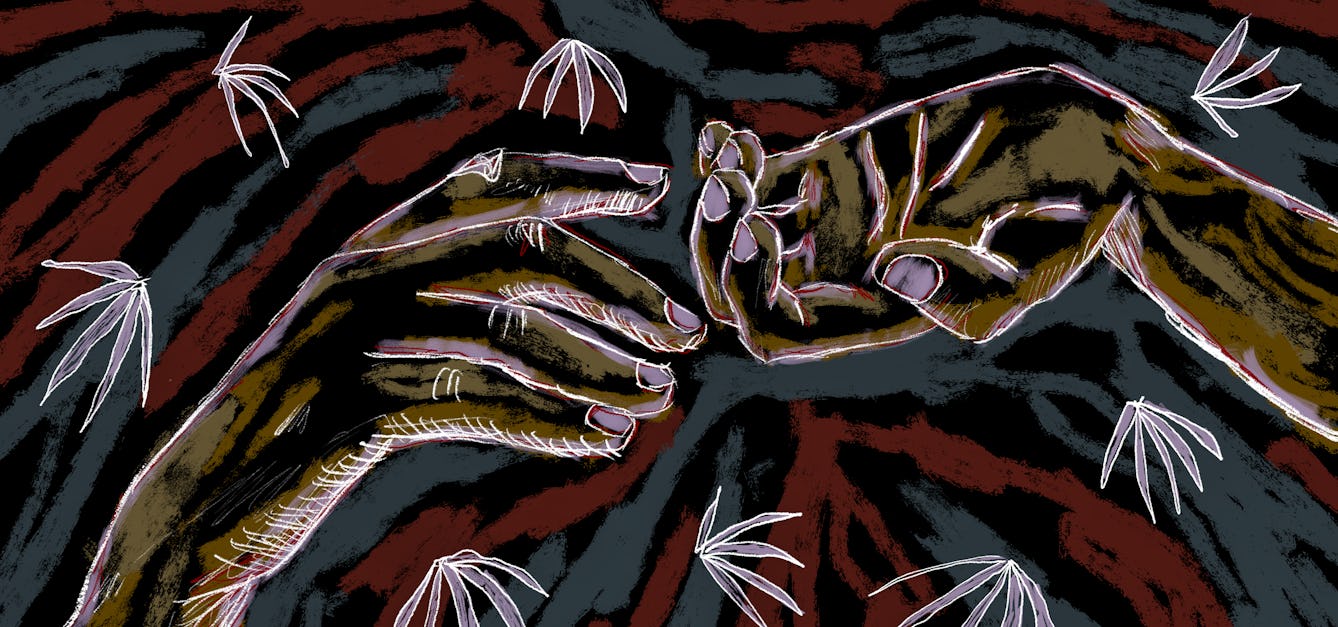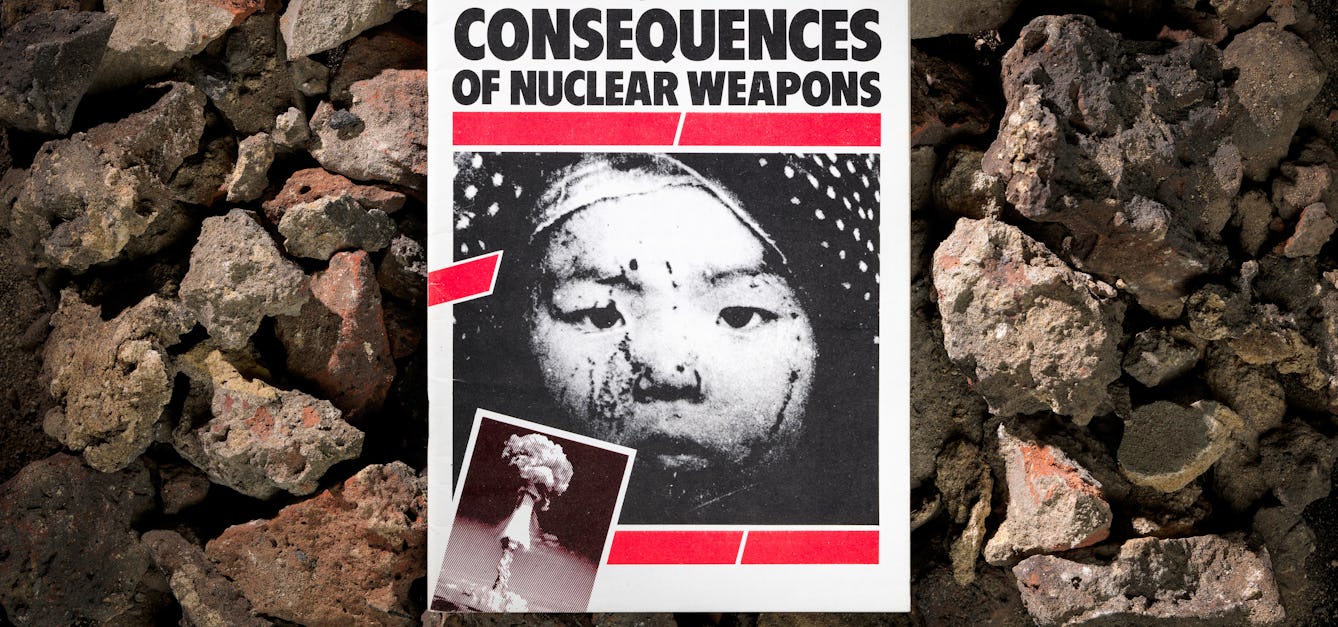Stories

- Article
Surviving a flesh-eating disease
Nearly dying from a skin infection gave Scott Neill a chance to start again after an early life marked by grief and depression.

- Article
Dealing with the dead after a nuclear attack
Cold War-era predictions of death on a vast scale became routine. But the British authorities were less prepared to dispose of the bodies.

- Article
Medics and the bomb
Would a nuclear attack on the UK overwhelm the NHS? At the height of the Cold War, despite government optimism, medics predicted doom.

- Article
The ‘epileptic’ in art and science
From scarred outsiders in literature to the cold voyeurism of medical films and photography, people who experience seizures and epilepsy are rarely shown in a compassionate light in popular culture.
Catalogue
- Archives and manuscripts
- Online
Hereditary Disease Foundation
Date: 1995Reference: SB/1/2/362Part of: Sydney Brenner Collection- Archives and manuscripts
- Online
Dupont - Viral Disease Group
Date: 1989Reference: SB/4/1/128Part of: Sydney Brenner Collection- Archives and manuscripts
- Online
Cure Huntington's Disease Dinner (8 November 1989)
Date: 1989Reference: JDW/2/15/47Part of: James D. Watson Collection- Archives and manuscripts
Mouse Model for Alzheimer's Disease - Patent
Date: 1989-1990Reference: SB/4/1/465Part of: Sydney Brenner Collection- Archives and manuscripts
Cancer - A Controllable Disease through Genomic Knowledge
Date: c.2002Reference: JDW/2/3/1/93Part of: James D. Watson Collection



![Medical reports, on the effects of water, cold and warm, as a remedy in fever, and febrile diseases whether applied to the surface of the body or used as a drink, with observations on the nature of fever; and on the effects of opium, alcohol, and inanition / [James Currie].](https://iiif.wellcomecollection.org/image/L0005429/full/180%2C/0/default.jpg)





